Film Credits: The Good, The Bad, and The Ugly
 Kent Lamm
Kent LammHey, Kent here.
Let’s talk about something that’s in every short film, but nobody else talks about. That’s right...
CREDITS
Believe it or not, there is such a thing as good credits, bad credits, and ugly credits. And I’m not even talking about font choices here.
Instead, we’re going to be talking about what ROLE credits are playing in your short film.
So let’s start with…
The Good
When short film credits are SHORT and ADDITIVE to the film, they are good.
I only learned this by attending film festivals.
Credits take up a lot of time, and are a real drag to us the audience when we're sitting in a theater watching a series of short films back to back to back.
But I noticed that some festival films took advantage of this “dead time” and the audience always LOVED it.
After seeing how they handled their credits, I tried to copy them and made the credits of my last few short films have something new to offer.
In Will “The Machine”, I had a story about a high school football star in Richmond, Virginia with some rigid beliefs about himself and the people around him. Throughout the film we see this athlete running by statues of confederate Civil War leaders, suggesting something about his mindset.
Under the credits, we showed a shot of another well-known statue in Richmond - this time, of a black athlete (Arthur Ashe). After the events of the film, this said a lot about the character and story, without costing us any additional runtime.
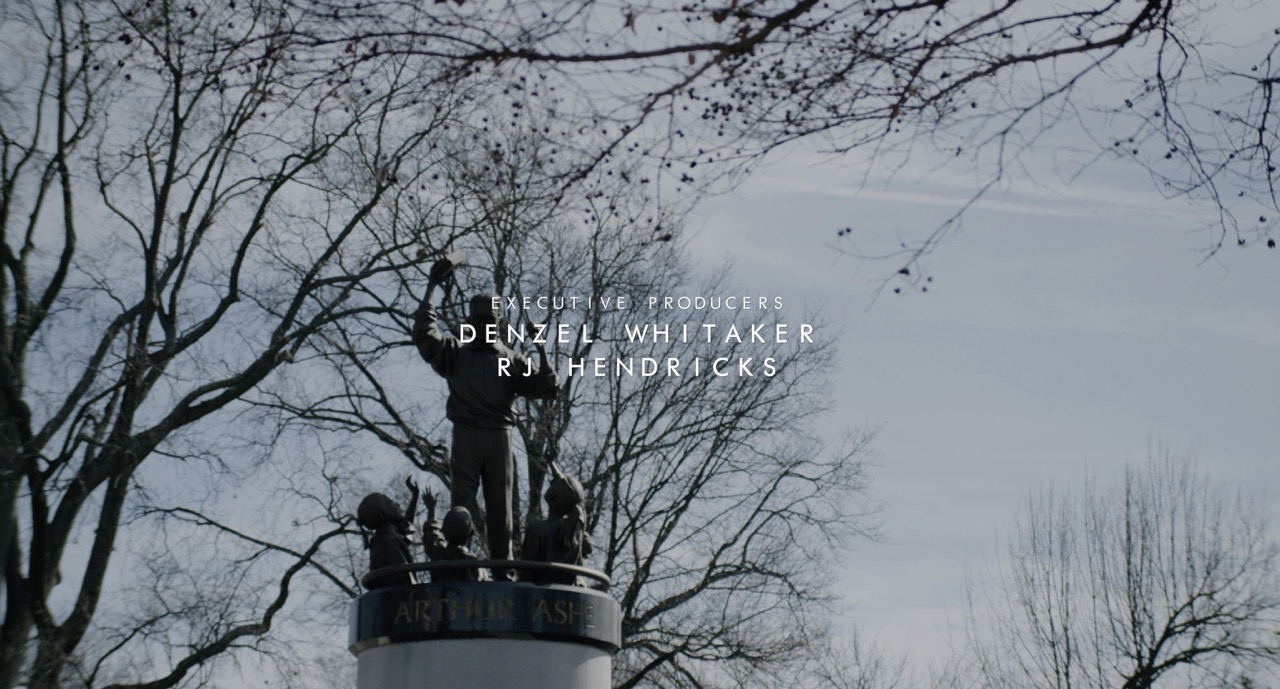
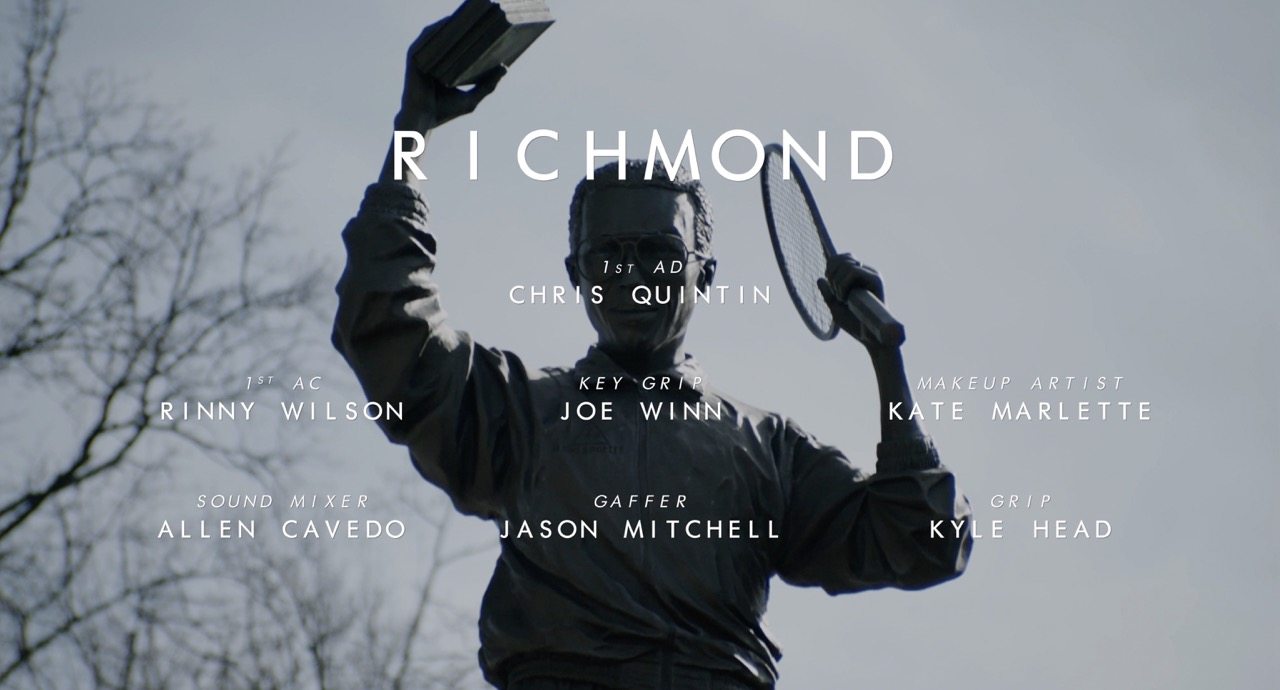
In Last Laugh Inc., at the end of the shoot I popped off an extra shot of the joke store location, and had the employees characters perform directly for the audience while the credits appeared in the windows.
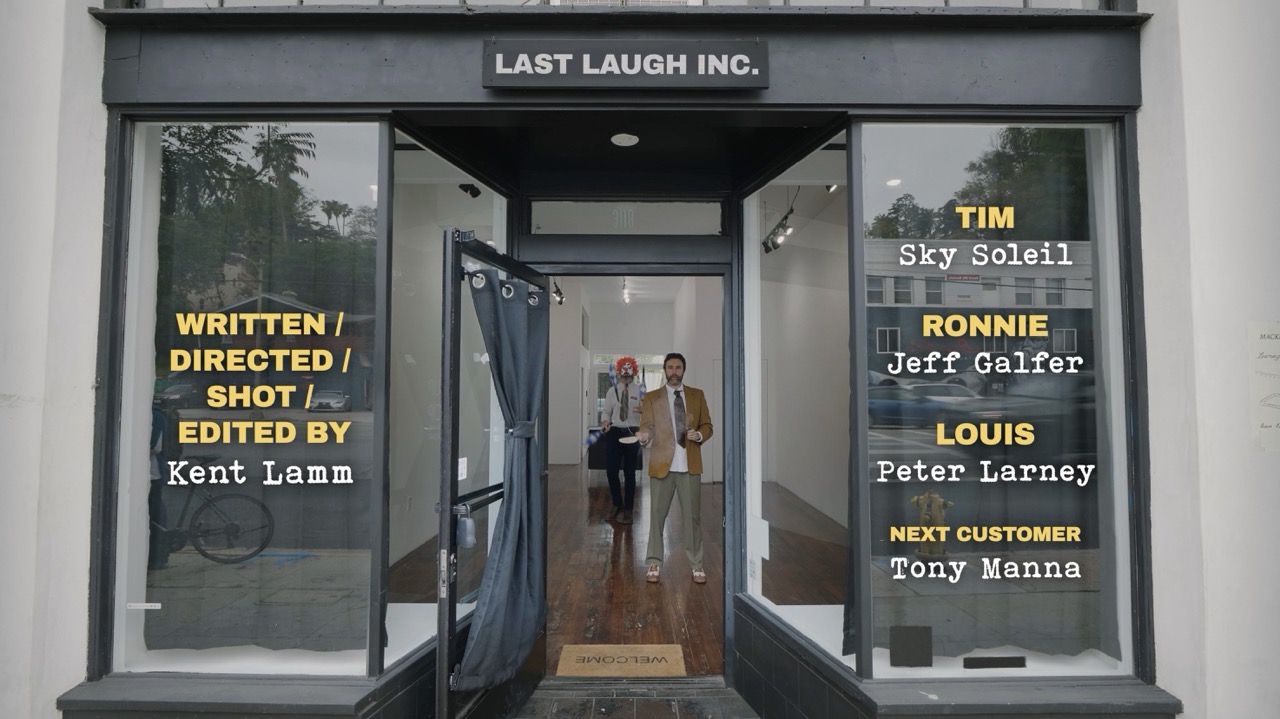
For the credits of my Christmas horror short film The Little Helpers, I cut away to nostalgic, black and white super 8mm footage of a family celebrating a wholesome Christmas, to contrast with the tragic source of their gifts we see just saw.
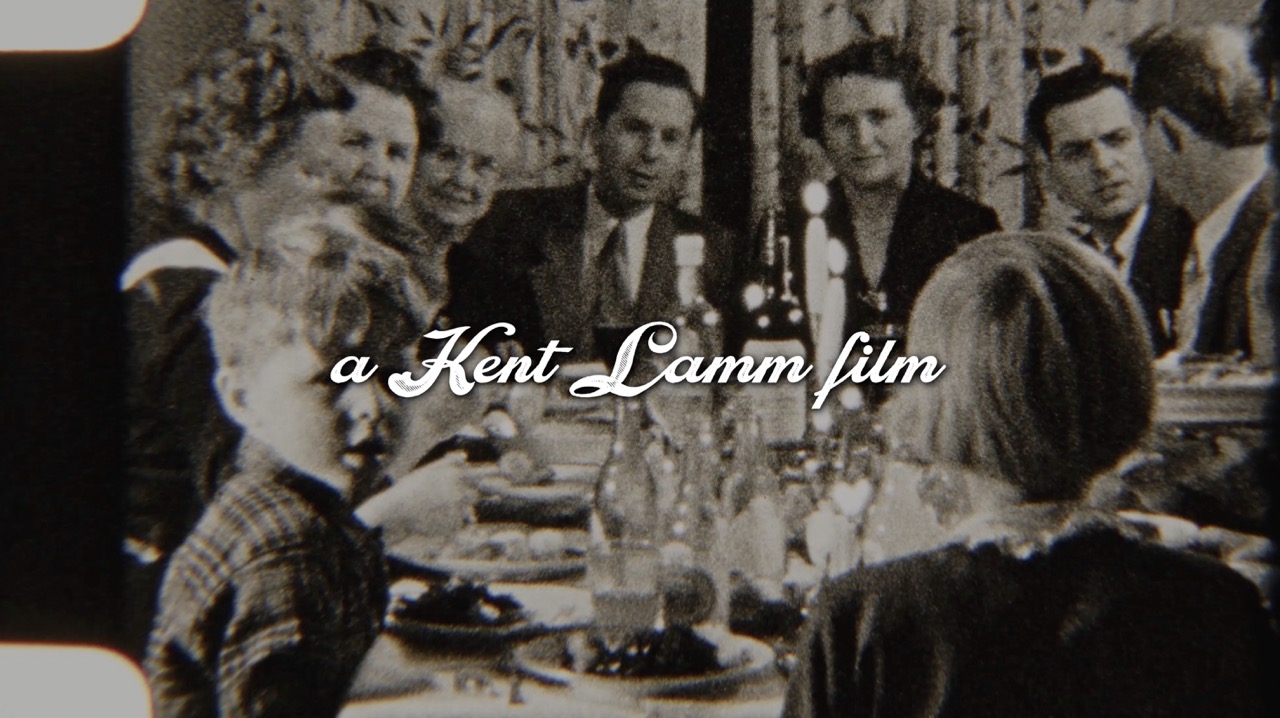
It doesn't have to be footage though. Pictures, artwork, or even using audio that continues telling the story under the credits can work great for keeping your audience plugged in till the last moments of your film.
The Bad
The most common way short film credits are outright bad, is that they are WAY TOO LONG.
This drives me crazy.
Nobody wants to see 60 seconds of credits on a 4 minute long film - that means 25% of your film is just text on a black screen. Come on!
We can skip it on YouTube, but in a film festival, these long credits quickly become grueling.
Even worse is when only a handful of people worked on the film, and those same people get 7 different credits each, listed individually.
“Written by Kent… Directed by Kent… Craft Services by Kent…”
This is how I did credits for my first dozen short films 😂
Now I try to make my credits as short as possible, and avoid scrolling credits for short films because they’re so slow. Simple text cards that pop up and disappear are much snappier.
The Ugly
The old story goes that George Lucas wanted Star Wars to start with a bang: a big music cue and the stylized text scroll introducing us to a time long ago in a galaxy far, far away.
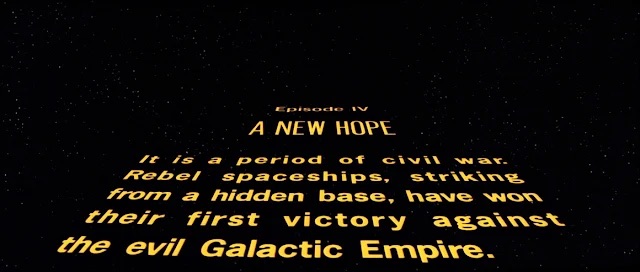
That meant there was no room for opening credits (and MORE reading).
The Director’s Guild and other unions didn’t like this trend, and threatened to fine him $250,000 for cutting out the opening credits.
Rather than add in some opening credits… he paid the fine.
That’s how much he DIDN’T want opening credits. And I agree with him. Even in feature films, I don’t want opening credits 90% of the time. Just jump into the story and skip the shots of the city skyline, I can figure out that I’m in Chicago as the film goes on.
And yet, even on short films that aren’t required to have them, so many filmmakers add opening credits.
Do they think that the audience can’t wait 8 minutes to find out who the sound mixer of this short film was?
And then at the end of the short film, what do we get?
…CLOSING CREDITS. (Because hey, what if they already forgot who directed this masterpiece?)
Please, let's stop this madness.
The odds of these films being great are pretty low, because this choice signals that the filmmaker is more concerned about their own ego gratification than what their audience is experiencing.
OK fine, that's a little harsh. Realistically it's usually a director who just think credits are a fun novelty - one of those "hey it's just like a real movie" things to toss in as bookends.
But it doesn’t take much consideration for your audience to realize that we don’t watch movies to see random names appearing and scrolling around a screen - credits are really just a union requirement that we've gotten used to.
One could even make the argument that in the age of IMDB, all screen credits are unnecessary relics. But I do think it's nice to have that closing credit time for the audience to return to reality, and to recognize the many people who work behind the scenes to bring a film to life.
That’s it for this week. I didn’t think this would be so ranty, but I stand by it lol.
Let’s make some movies.
-Kent
Whenever you're ready:
WRAPPED in 30 Days is where I teach the most important lessons I’ve learned from over 20 years of writing, producing, directing, and editing narrative short films. Each of the 60+ video lessons are practical and actionable, and they’re structured so that you can follow along and wrap your own crowd-pleasing short film in a month. You can also use it as a long-term reference for specific problems like recruiting crew members, figuring out your endings, casting, and much more. Click here to join us!
Subscribe to my newsletter
Read articles from Kent Lamm directly inside your inbox. Subscribe to the newsletter, and don't miss out.
Written by
